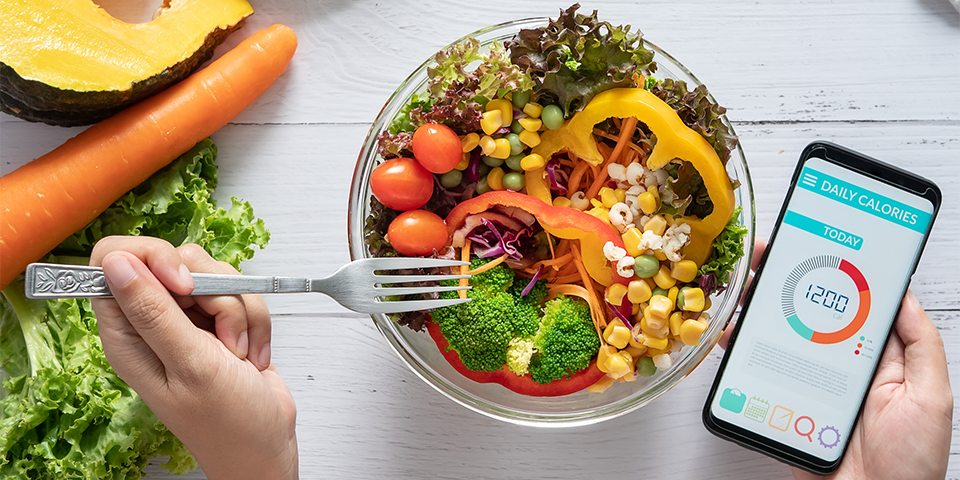Even if you’ve never heard of konjac, you’re probably familiar with products made from this herb.
Konjac is used to make shirataki noodles, a pasta alternative you’ve likely seen on the shelves of local health markets.
But there’s a new konjac product entering the market: a sippable jelly. Some brands claim this fiber-filled jelly helps reduce hunger — but does it actually work? How healthy is konjac jelly?
Here’s what you need to know.
What Is Konjac?
“Konjac is an herb that is native to certain parts of Asia, where it has been used for quite some time in traditional Chinese medicine,” explains Dana E. Hunnes, PhD, MPH, RD, a senior dietitian at Ronald Reagan UCLA Medical Center and author of the upcoming book Recipe for Survival.
Sometimes called voodoo lily, snake palm, or elephant yam, this plant “is known for its starchy properties and as a source of soluble dietary fiber,” Hunnes adds.
Konjac may be used as a thickener in sauce and soup recipes.
Glucomannan, a polysaccharide extracted from konjac, may also be used as a prebiotic supplement to feed healthy gut bacteria and help to promote regularity.
Hunnes explains that it’s mostly the plant’s corm — the part that grows underground — that’s used to make these products.
What Is Konjac Jelly?
Thanks to its fiber and starch content, the corm of the konjac plant also works as a gelatin substitute — and that’s how konjac jelly is made.
Konjac jelly products use water and konjac powder to create a gelatinous goo.
Companies then add flavoring and sugar substitutes to create a gelatin-like snack that delivers fiber and minimal calories.
Is Konjac Safe To Eat?
“There are certain known risks to konjac,” Hunnes says.
Gel candies made with konjac have been linked to choking deaths because they don’t dissolve as easily as other gel candies or gelatin snacks.
It’s also possible that konjac “may expand in the esophagus or the bowel,” leading to medical problems, Hunnes adds. The European Union and Australia have banned konjac jelly over these concerns.
What Are the Benefits of Konjac?
Konjac may help support healthy cholesterol levels, “similarly to how soluble fiber in oats might,” Hunnes says. A study found that the fiber in konjac may also help treat constipation, though that study only looked at seven people.
But what about konjac jelly?
While fiber intake has been associated with lower body weight, that doesn’t necessarily mean konjac jelly will help you slim down.
A study of 53 overweight and moderately obese participants found that the glucomannan in konjac had no significant effect on weight loss.
It’s also worth noting that many konjac jelly products currently on the market contain little to no fiber.
They’re mainly just sweetened treats — not a fiber-filled snack. If you’re looking to get the benefits of dietary fiber, reach for one of these high-fiber foods instead.
If you’re hesitant to consume this herb, there’s a non-edible way to get in on the konjac trend: It’s used to make facial sponges.
What Are the Best Brands of Konjac Jelly?
First things first: Hunnes suggests you read any instructions and warnings before deciding whether or not to consume konjac jelly.
Keep in mind that konjac jelly won’t melt in your mouth like flavored gelatin and may require chewing.
If you still want to give this trend a try, be sure to read the nutrition labels closely.
While the konjac plant is touted for its fiber content, many popular konjac jelly brands don’t actually contain a significant amount of dietary fiber.
Konjac jelly provides chewy texture and sweetness, but not much else — and many are loaded with artificial sugars and sugar alcohols.
Here are a few of the most popular brands, but you’re probably better off satisfying your snack cravings with lower-calorie snacks that provide more nutrients, including fiber.
EVERYDAZE Konjac Jelly
This brand offers a wide range of flavors, from peach to cola, along with added vitamin C and collagen.
But while the label says “zero sugar,” keep in mind it contains erythritol (a sugar alcohol) and sucralose (a sugar substitute).
Jayone Drinkable Konjac Jelly
These six-calorie jelly pouches are available in grape, mango, or peach — but they’re sweetened with 12 grams of erythritol, and they contain zero grams of fiber.








